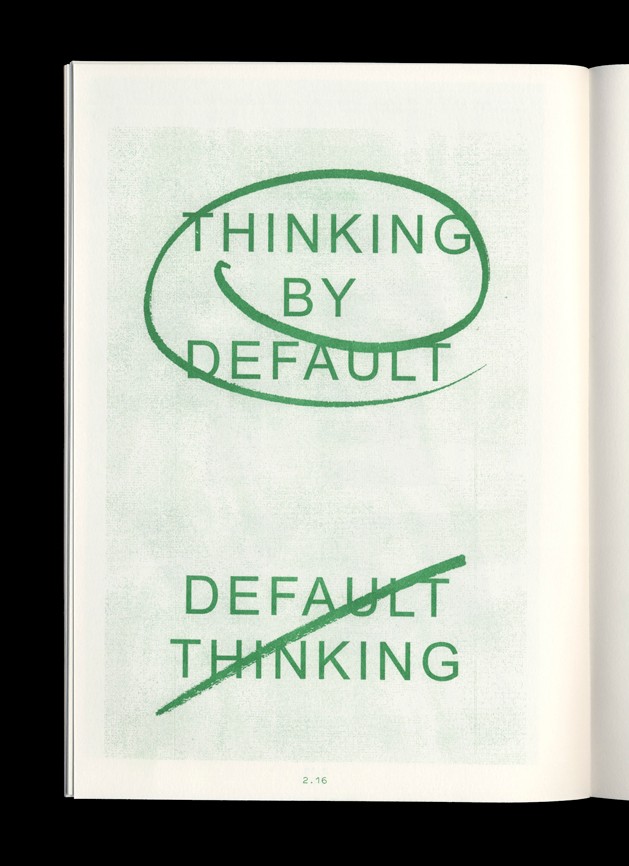As it is slower and takes mental energy and effort to employ, most people tend to shy away from using it where possible. System 2 is generally only triggered when we are unwilling or unable to use System 1.
Darren Bridger • Neuro Design: Neuromarketing Insights to Boost Engagement and Profitability
The spontaneous search for an intuitive solution sometimes fails—neither an expert solution nor a heuristic answer comes to mind. In such cases we often find ourselves switching to a slower, more deliberate and effortful form of thinking. This is the slow thinking of the title. Fast thinking includes both variants of intuitive thought—the expert an
... See moreDaniel Kahneman • Thinking, Fast and Slow
But learning how to think with visual information (not just react to it) requires a different way of seeing, one that enables you to pause the instinctual labeling and stereotyping of the visual images you’re processing and see the individual elements in the image
Cliff Guren • Learning How to Un-See — Cliff Guren
The emotion default: we tend to respond to feelings rather than reasons and facts. 2. The ego default: we tend to react to anything that threatens our sense of self-worth or our position in a group hierarchy. 3. The social default: we tend to conform to the norms of our larger social group. 4. The inertia default: we’re habit forming and comfort se
... See more